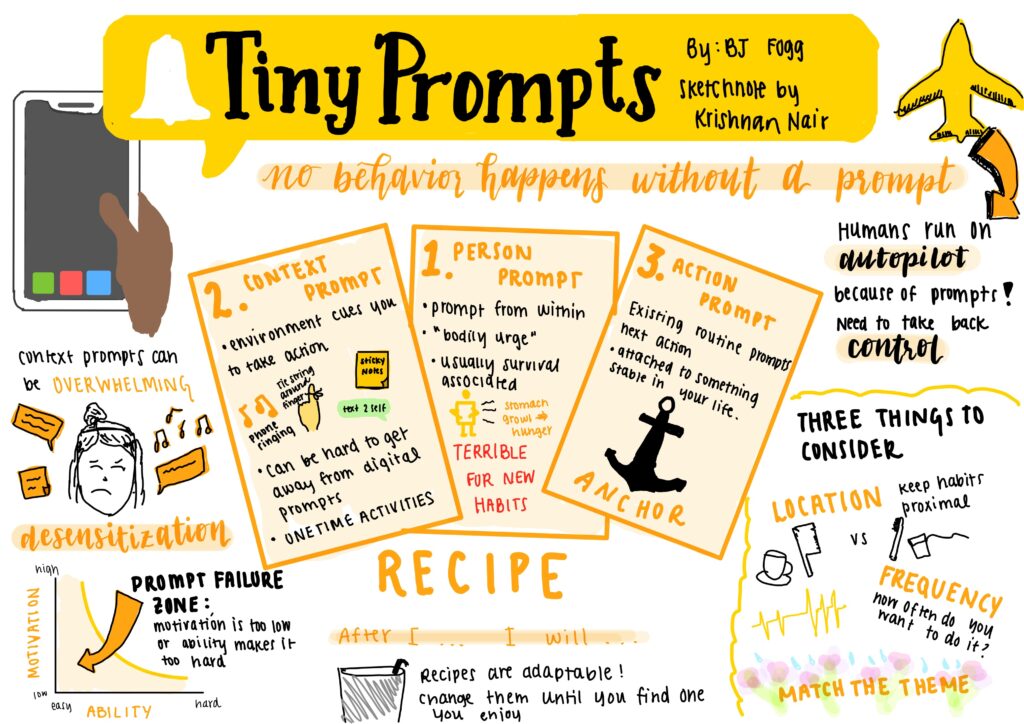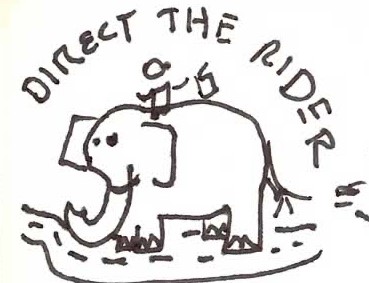Working on BrainSpark was a truly unique and challenging experience. The project began with a ten-page document describing the concept of an imaginary company—BrainSpark—that my team and I would be responsible for developing. The paper outlined some of the business’s core ideas but omitted any visuals, prototypes, or detailed functionality, leaving us only the bare bones to work from. This open-ended setup felt overwhelming initially; imagining a product from scratch without any tangible guidance was daunting and creatively demanding. I wasn’t sure how to begin translating such an abstract idea into a cohesive business plan.
We started by diving deep into research to make sense of it all. We analyzed trends in EdTech, explored successful educational games, and studied user engagement strategies. Through discussions with my team, we created a clearer vision for BrainSpark. We brainstormed ideas to make the product stand out, adding innovative features and refining our pitch so it would appeal to potential investors and users alike. Despite the gaps in the initial concept, I gradually felt like we were molding BrainSpark into something tangible.
However, creating a persuasive pitch for BrainSpark had its challenges. While I understand the value of EdTech products and believe they’re helpful, it was hard to imagine myself—a college student—using the product I was promoting. This disconnect made it challenging to craft a compelling story around BrainSpark. Given how many exist already, I believe in the potential of educational games, but knowing that I wouldn’t naturally gravitate towards this product myself was a mental hurdle. Nonetheless, I focused on what I thought would resonate with the intended audience and aimed to position BrainSpark as a game-changer in the field of education, even if it wasn’t something I’d necessarily use.




Comments
Comments are closed.